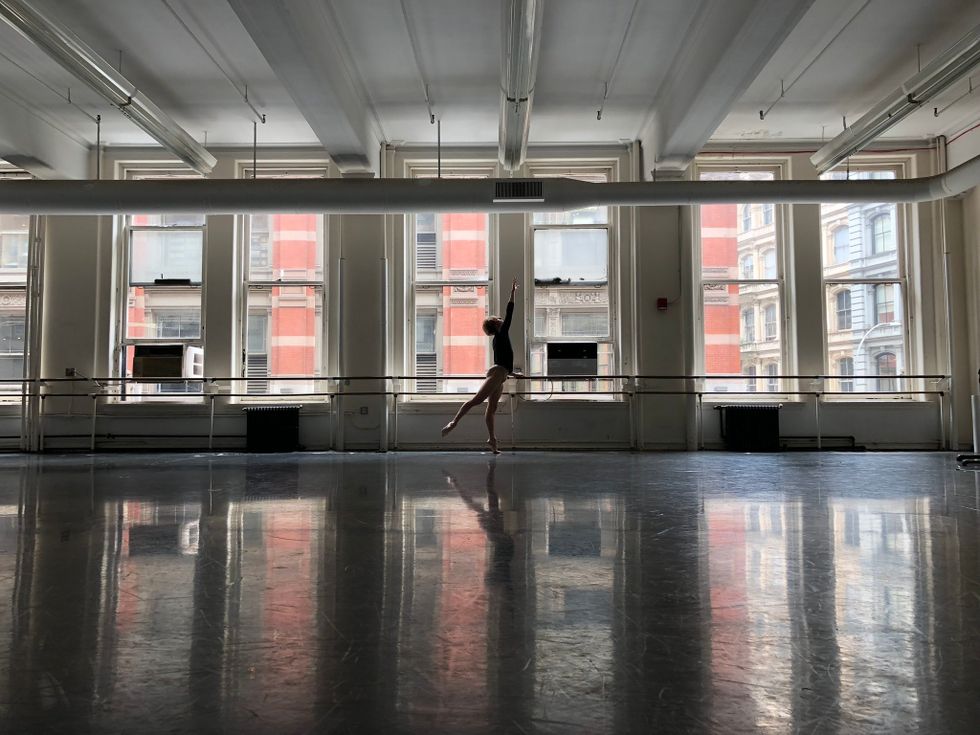David Hallberg: When Do Choreographers Get The Chance To Really Take Risks?
The Metropolitan Opera House is a stadium; an ornately lush stadium, but one nonetheless. The 3,800-seat challenge that American Ballet Theatre readily tackles is typically filled to capacity because of the stalwarts: Swan Lake, Romeo and Juliet, the classics that, without doubt, have stood the test of time and have brought people in droves to the Met.
A new commission is a risk best handled by the choreographers who can produce works that offer seasoned polish and dependability. Rarely is it given to an “unknown.” And although, in the history of large commissions, there inevitably exists a freedom of creative impulse, that freedom must not reach too deep, for the fall off the cliff is steep and far. There is simply too much at stake: time, money, reputation.

David Hallberg finds dancers who risk everything the most intriguing. Now, he wants to give choreographers that same opportunity. Photo by Patrick Frenette, courtesy ABT
I have always wondered, Where then do choreographers get the freedom to potentially fail? The dancers that I am personally most intrigued by are the ones that fall (literally), risking everything to see just how far they can push themselves as artists. There is a famous story of Nureyev, just days after his defection, dancing Blue Bird in The Sleeping Beauty, all of Paris holding its breath for this boy wonder. He fell to the ground in his variation. He stopped. The orchestra ceased its playing. He got up. Left the stage. Deafening silence in the theater. He reentered and recommenced the solo, dancing better than he ever had previously. Conquering fear, falling to test his limits, only to break through to new peaks.
If that can exist for dancers, where is that platform for the creators? The ones who make the work for those dancers. I realized ABT’s hands were tied; two major New York seasons, and two major New York theaters to fill. But the necessity to continually risk through creation has always been in the fabric of the company, dating back to Jerome Robbins’ now classic Fancy Free.
I began plotting a solution. Why not offer a platform for those who want to create movement but aren’t yet afforded a Met stage commission? The pressures to sell, attract or please stripped away and the impetus to create its only focus.
ABT Incubator
gives the creator that space, literally and figuratively. It feeds you, the artist. It lets you roam into your most feared but potentially spark-inducing creation. It gives you time. It offers you the world-class dancers of ABT at your fingertips. Free from judgment. Free from conceiving a polished outcome. Free from 3,800 spectators.
ABT Incubator is a two-week workshop, allowing us the space to help answer what movement means right now. It’s a focused laboratory thinking about and discussing the constant shifts happening in the world around us and their relevance to our art form. A platform to tell new stories in movement and amplify new voices.
I urge anyone who has wanted to create movement to apply.
Above all, we will create, fail, fall, test, get up, and test again. Because ultimately, this cliff to plunge off of isn’t that steep anyway, and support is at the bottom.




